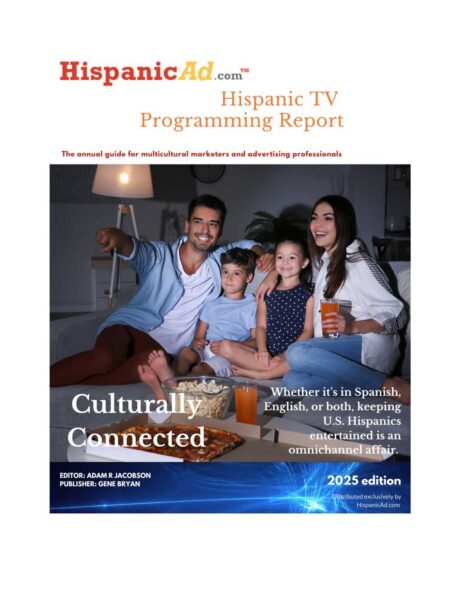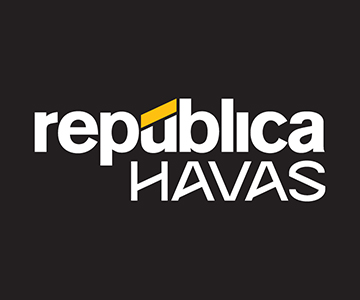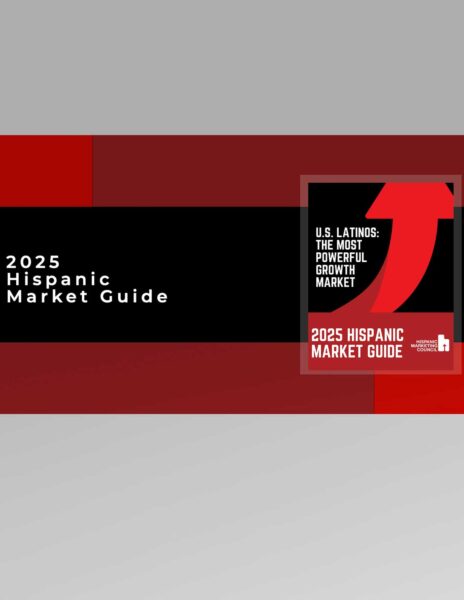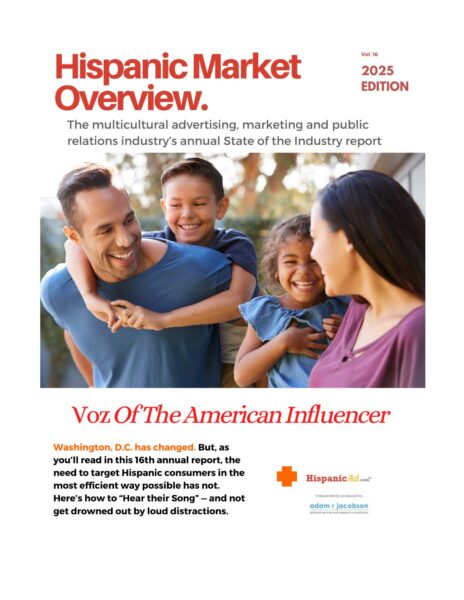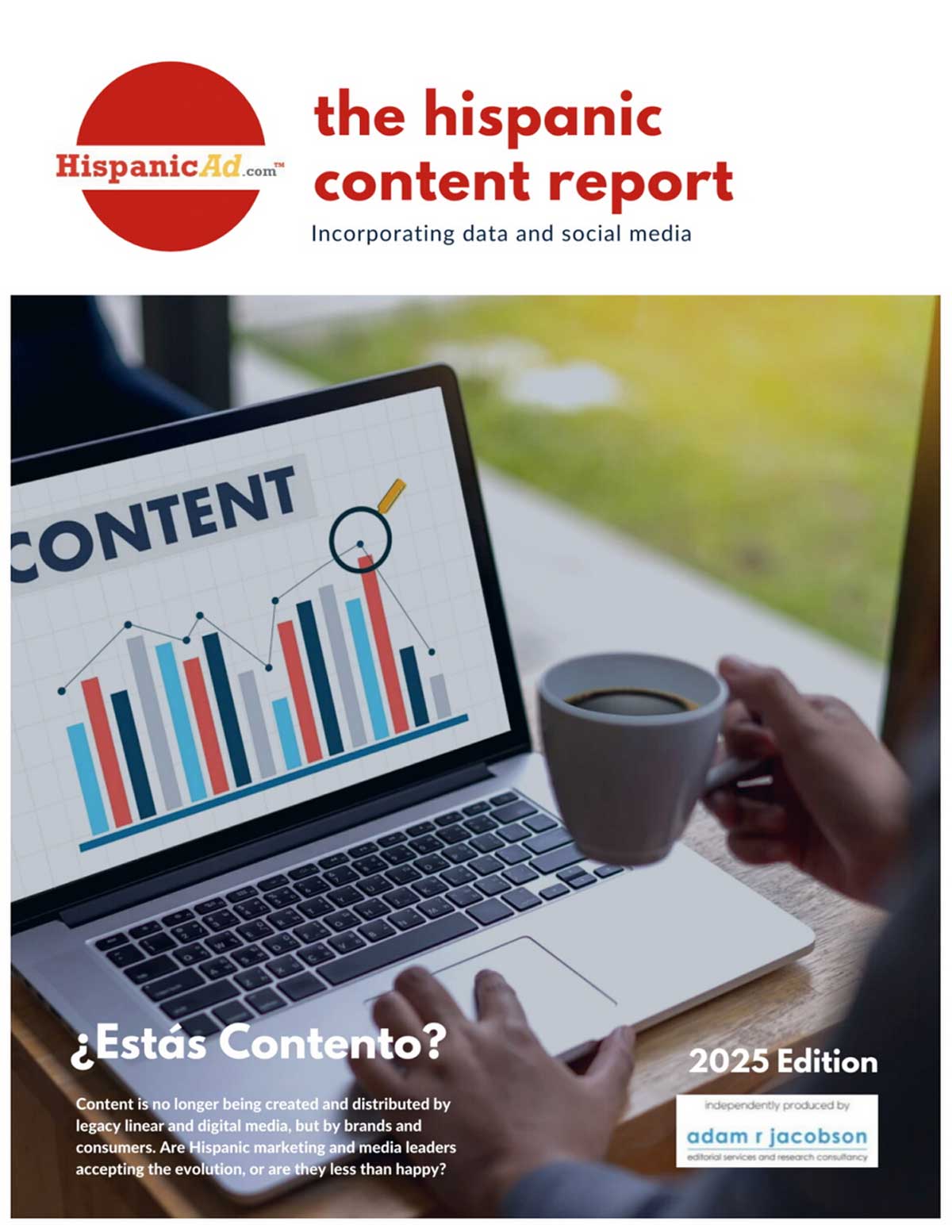2017 Tech Trends [REPORT]
![]() The report describes how companies presently must sift through the promotional noise and hyperbole surrounding emerging technologies to find those solutions offering real potential. To realize that potential, they should become “kinetic” organizations — companies with the dexterity and vision required to thrive amid ongoing technology-fueled disruption.
The report describes how companies presently must sift through the promotional noise and hyperbole surrounding emerging technologies to find those solutions offering real potential. To realize that potential, they should become “kinetic” organizations — companies with the dexterity and vision required to thrive amid ongoing technology-fueled disruption.


 Last week, the Doomsday Clock was moved from 3 minutes to midnight to 2.5 minutes to 12. Scientists believe that the chance of the world going up in a thermonuclear puff of smoke is the highest it’s been since 1953. This in the same week that Marc Pritchard, the global brand building officer from P&G, made waves by announcing that P&G, in effect, had moved the hand of the ad-spend doomsday clock to 12. High noon!
Last week, the Doomsday Clock was moved from 3 minutes to midnight to 2.5 minutes to 12. Scientists believe that the chance of the world going up in a thermonuclear puff of smoke is the highest it’s been since 1953. This in the same week that Marc Pritchard, the global brand building officer from P&G, made waves by announcing that P&G, in effect, had moved the hand of the ad-spend doomsday clock to 12. High noon! Univision, UniMás and Galavisión went dark on Spectrum across the nation, leaving subscribers in New York and Los Angeles without a key source of Spanish-language programming. By Adam R Jacobson – RBR + TVBR
Univision, UniMás and Galavisión went dark on Spectrum across the nation, leaving subscribers in New York and Los Angeles without a key source of Spanish-language programming. By Adam R Jacobson – RBR + TVBR 9 of the 10 Top 10 Multicultural (MC) Millennial Designated Market Areas (DMAs) are among the Top 10 Overall Millennial DMAs in the U.S.
9 of the 10 Top 10 Multicultural (MC) Millennial Designated Market Areas (DMAs) are among the Top 10 Overall Millennial DMAs in the U.S.








